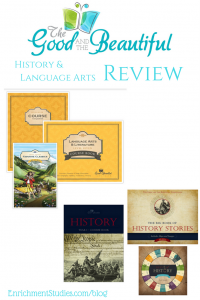 If you are connected to any groups of Christian homeschoolers on the internet, you have probably heard about The Good and the Beautiful. This newcomer to the homeschool world has taken off as one of the fastest-growing and incredibly popular choices for home education.
If you are connected to any groups of Christian homeschoolers on the internet, you have probably heard about The Good and the Beautiful. This newcomer to the homeschool world has taken off as one of the fastest-growing and incredibly popular choices for home education.
One thing that got my attention about The Good and the Beautiful was the mention that they integrate art into their materials. For anyone that has followed me for awhile, you know that I like to say that Art IS History. I know that the works of great artists can enhance our understanding and appreciation of other times, cultures, and historical events in a way that words cannot. So, I had to check it out!
The Good and the Beautiful sponsored this review and giveaway so I could let you know my thoughts on their programs. I’m excited to share with you today what I’ve learned.
The Good and the Beautiful is a non-denominational Christian program that aims to connect learning to the good and beautiful things in life, such as family, God, high moral character, wholesome literature, nature, and more.
Year 1 History
The first collection I reviewed was their Year 1 History. All of their history levels are meant to work for grades 1-12, and to be revisited every 3-4 years. All 4 years of their history cover the same sweep of history, from Ancient times through to Modern history, but each year stops at different spots along the way to dig in and learn more about particular people and events. The family-style intent of the program allows you to gather all of your children around 2 or 3 times a week for an hour-long lesson that includes a wide variety of activities that will keep your children interested and delighted. Leveled Student Explorer books enable each child to work at their own ability level, while the whole family learns the same basic content together, taking the guesswork out of trying to figure out what each age child should be doing. Designed to require very little prep time, I believe homeschool moms will find that a quick glance over the next several lessons will easily allow you to anticipate any extra materials you will need.
The Good and the Beautiful keeps things interesting in their history program by offering a wide variety of activities, which will virtually guarantee that your kids are never bored. Each lesson includes several different elements, which normally include reading to your children, but then spin off into other areas such as:
- memorization
- crafts
- map activities
- timeline activities
- high-quality audio presentations and stories
- opportunities for oral presentations/public speaking
- review activities
- printables
- food activities to enhance the lesson
- cutting activities
- playdough creation
- Keys of History game
- art projects
- writing activities
- fun and interesting learning activities
- videos/documentaries
- copywork/dictation/notebooking elements
- vocabulary
- science activities
I was VERY impressed with the range of different activities that are included, and I appreciated it that you are not bombarded with too many to choose from. In Year 1 History you’ll find that there is a nice balance of interesting variety that will not take too much time or be too overwhelming.
Who is this great for?
- Families homeschooling multiple children that want to simplify and streamline learning
- Families that enjoy bringing together elements from Classical, Charlotte Mason, Unit Studies, and traditional approaches to education. The Good and the Beautiful combines them all, without burning you (or your kids) out on any one thing.
- Conservative Christian families that desire Bible-based teaching, completely wholesome literature, and strong instruction about high moral character
Language Arts & Literature
The Good and the Beautiful Language Arts & Literature program has a lot of similarities in the approach to the way the history program is set up:
- Very little prep time required
- wide range of activities throughout
- thoroughly Christian viewpoint
- wholesome content
This program has several components:
- a Course book (one needed per child)
- the course companion (non-consumable and can be shared)
- the reader for this level (non-consumable and can be shared)
- Daily Checklists (each child needs their own copy)
- Geography & Grammar Cards (non-consumable and can be shared)
Lessons are designed to be open-and-go, with little or no prep time required. Children over level 4 are expected/encouraged to work independently through their lessons, and the lessons are written in such a way that they are guided through the steps to actually take ownership of the process. Having had two dyslexic children and some non-typical learners myself, I know that the goal of total independence in learning is not necessarily realistic for all people at a particular stage, but I do like that each step the student should take is clearly communicated, giving them the tools they need to organize themselves and learn to study and progress through the lessons carefully.
Similar to the history program, the Language Arts offers a wide range of activities and approaches to the lessons, so it’s not the same-old-same-old day after day. Instead, new surprises and activity types await with each turn of the page! Included throughout the program are things like:
- memorization (classical educators will especially appreciate this)
- maps
- grammar terms
- literary terms
- sentence diagramming
- drawing
- art appreciation and art history
- reading comprehension
- editing activities
- Latin and Greek roots
- Writing activities
- grammar activities
- poetry appreciation, response, and analysis
- and more!
Several times as I read through the lessons I had the thought that this course would be good for someone that was interested in the grammar portion of Classical Conversations’ Essentials program, but wanted a much less expensive alternative. Classical educators are sure to appreciate the inclusion of sentence diagramming and grammar instruction. Charlotte Mason-style educators are likely to enjoy the inclusion of art and poetry. For those of us that appreciate the practical and efficient route to learning, one of my favorite parts of this program is that they use factual, historical, and informational content while teaching other concepts. So, for instance, instead of a silly made up story used for reading comprehension, your child will be reading about a famous person or event from history, or perhaps about some interesting geographical information. So, you’re getting more “bang for your buck” simply because The Good and the Beautiful capitalizes on these learning opportunities in a meaningful, valuable way.
This Language Arts program has a lot of different components, and it switches things up frequently. For some kids this will be an absolutely delight. For others it may be too unpredictable. Levels 1-5 are available FREE in PDF format, so I think that’s an excellent opportunity to dig in and see if you think this sort of approach is a good fit for your particular children. Personally, I would recommend that once you know The Good and the Beautiful is right for your family, go ahead and order the physical versions. The books are nicely printed, the colored pages are lovely, and it will cost you so much more to try to print it on your own. I believe that these materials are priced at a very good value, with many non-consumable components. You’ll be glad to have the printed versions available to you.
I know that a lot of Enrichment Studies families are curious to know about the inclusion of art and drawing in this program. In the History program, the art was more specifically linked to the content and felt like an enhancement. In the Language Arts & Literature program, the art and drawing activities seemed independent of the content in most cases. I would have loved to see more connections throughout, but for families that enjoy a sprinkle of art throughout their day, it may fit that need very well.
Who is this great for?
- Conservative Christian homeschoolers that want a thoroughly Christian perspective presented and completely wholesome content
- Families that enjoy combining elements of classical, Charlotte Mason, and traditional styles
- Students that thrive on variety and surprise
- Students that can manage multiple different books and materials without difficulty
- Families that enjoy a splash of art and creativity every now and then
Wondering about other materials from The Good and the Beautiful? Check out my review of their Creative Writing Notebook and their Nature Notebook here:
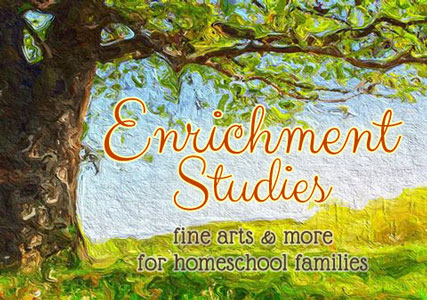

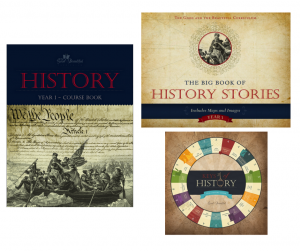
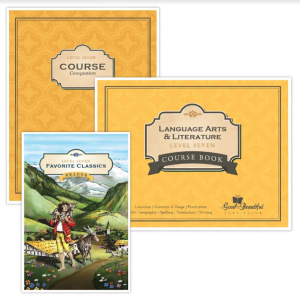
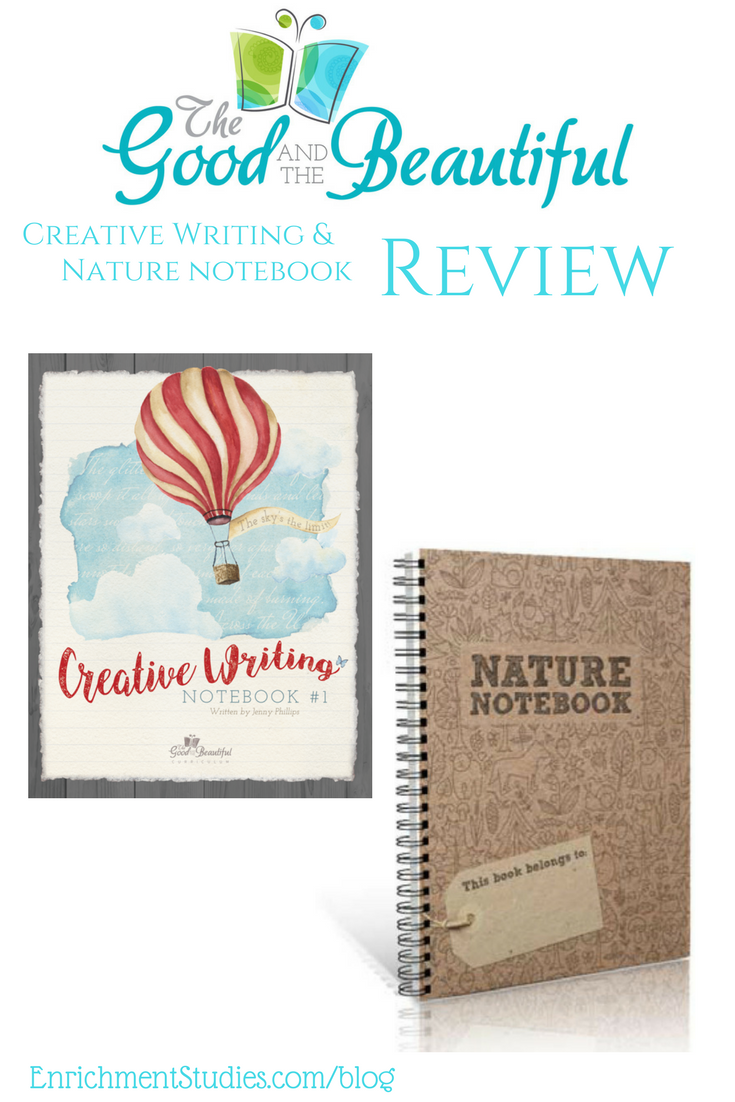



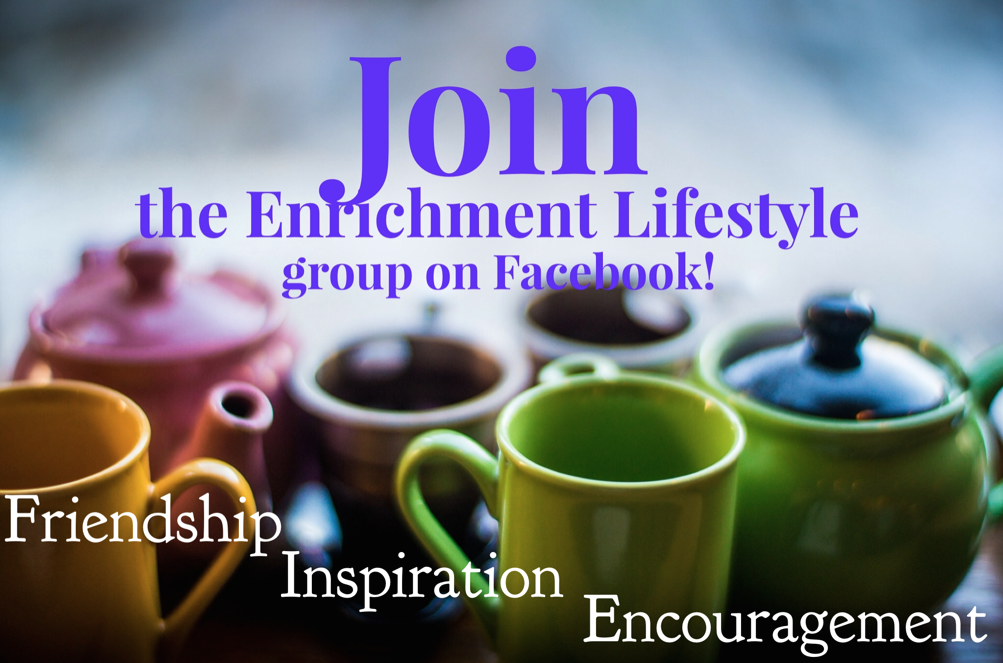
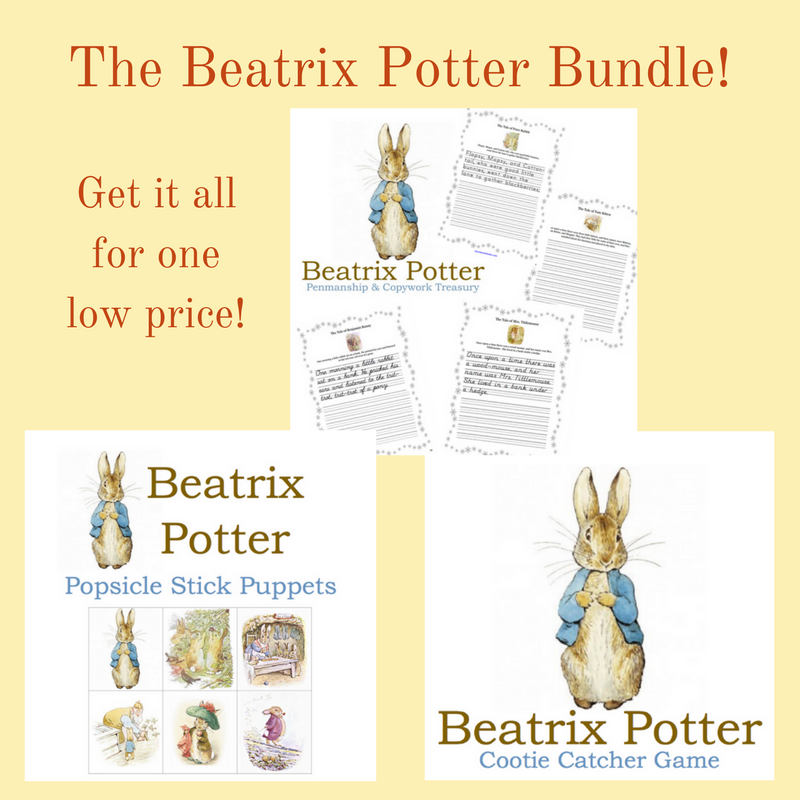
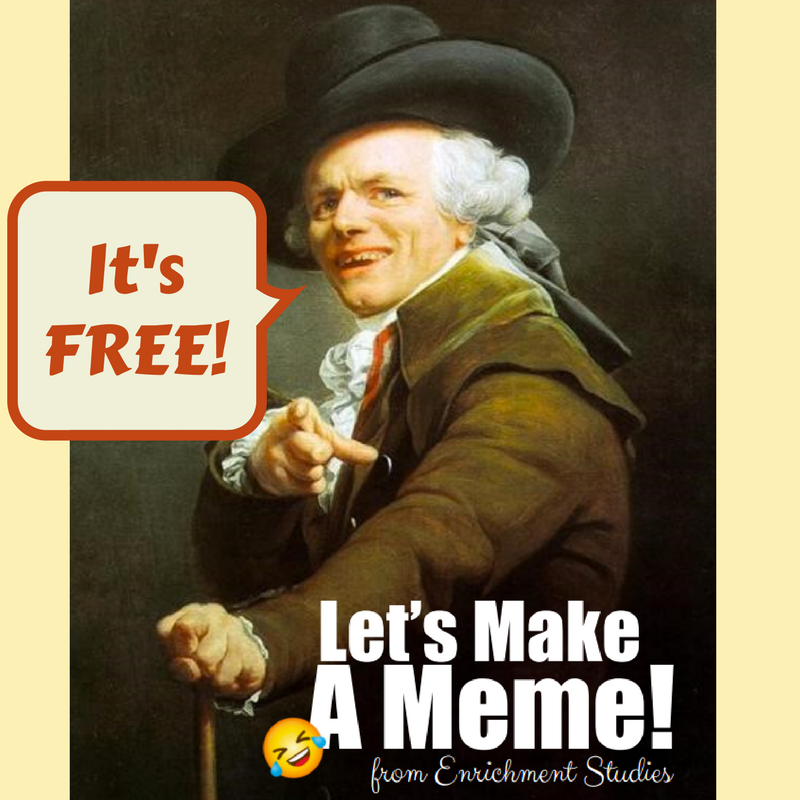

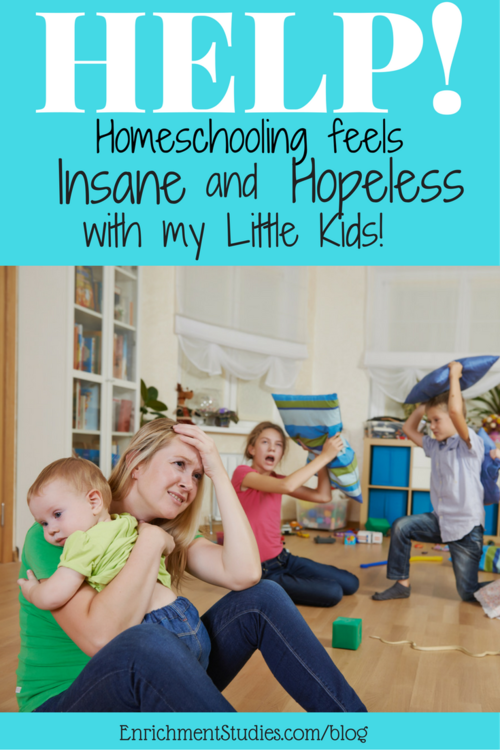
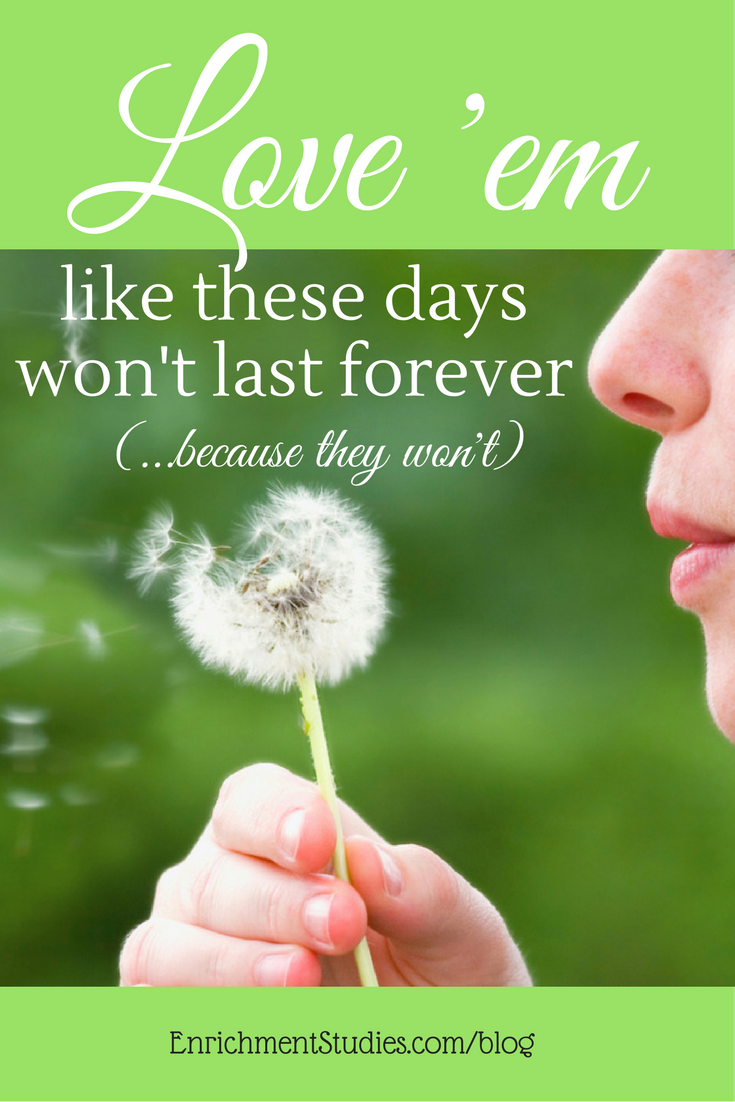
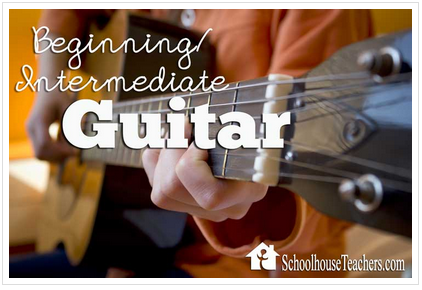

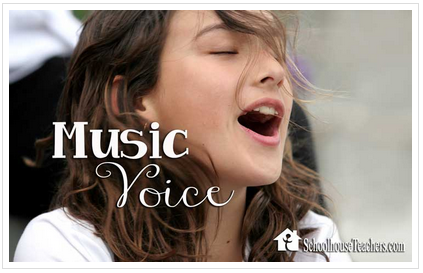
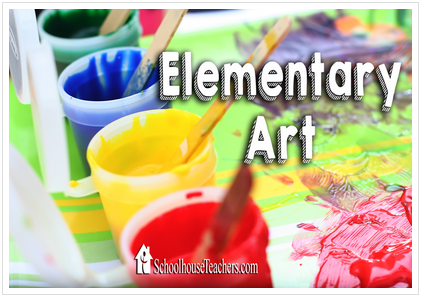
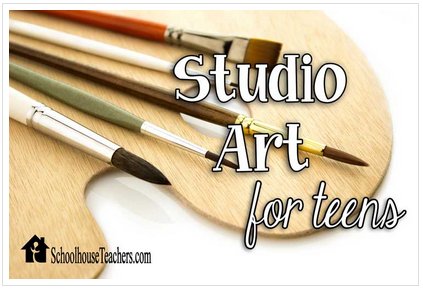
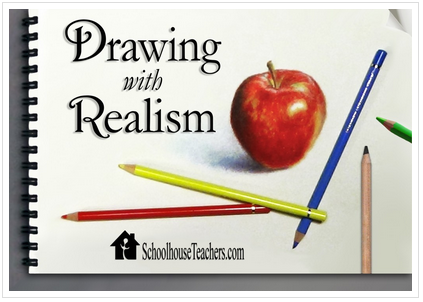
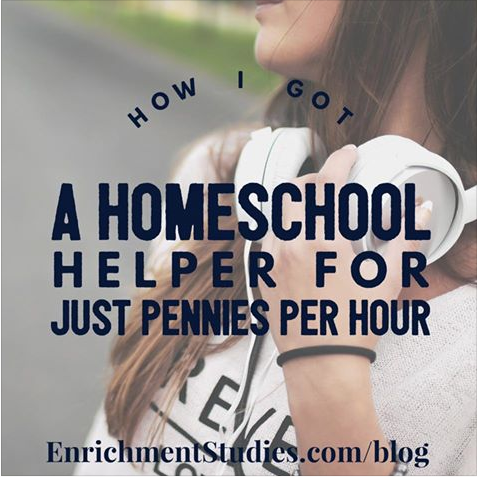

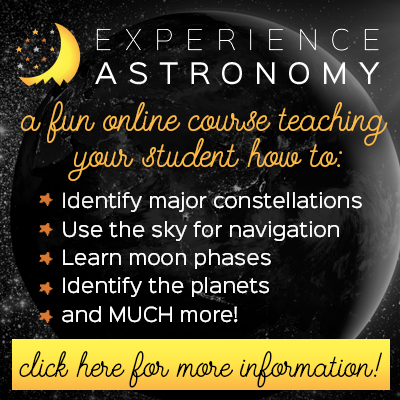
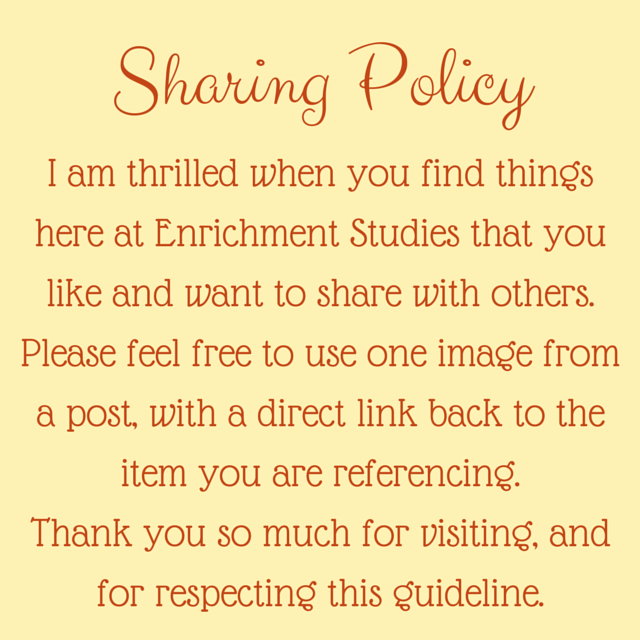
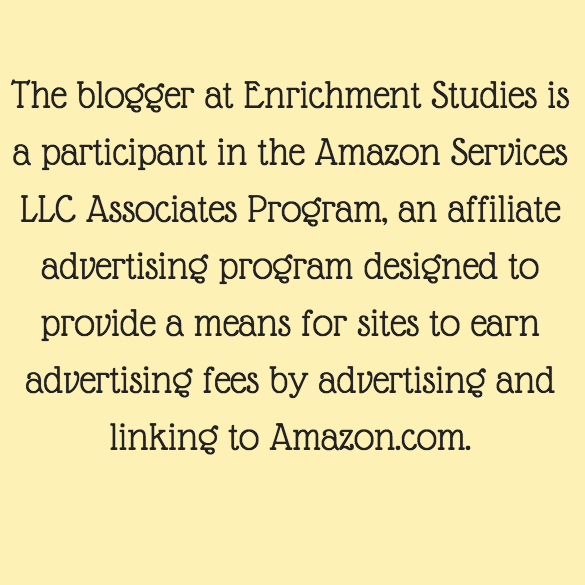
I’d love this program! Think it would help with my dyslexic daughter
We LOVE The Good and the Beautiful in our home. What a blessing it has been!
Do you know if it’s possible to use the good and the beautiful while doing classical conversation, or would that be a conflict? From what I understand from CC so far, there are certain materials (such as the foundations or essentials big book if grammar) that would perfectly align with the program. I’m torn between TGTB and CC. Would appreciate insights on that!
Hi Julia!
I’m assuming you’re talking about CC Foundations/Essentials level. At the core, Foundations is about the weekly memory work. Families are introduced to the weekly memory work on their community day, and ideally would spend 30 minutes per school day reviewing that information. Past that, everything else is up to you. There is no further study provided by Foundations. If you choose to learn more about the memory work, you can. Or, many families have a completely other program they are using on the other 4 days of school. So you could certainly used The Good and The Beautiful or any other program you want to use. There are no conflicts. 🙂
I don’t see a place to enter to win the language arts giveaway. I entered for thr history giveaway.
If you could help me, I’d appreciate it!
Hey Lynn! That glitch is fixed now. Please try again! 🙂
We LOVE The Good and the Beautiful curriculum. It’s been such a lifesaver in our homeschool! We don’t cry a anymore (mom included!) and my struggling reader isn’t struggling anymore. It’s been such a blessing for my 4 kiddos! ?
I was thinking about trying the Good and the Beautiful next year, especially the history curriculum, so this is awesome. I am not sure if I entered correctly. It said to subscribe on the first one instead of to enter. I refreshed the page and tried both again. So, I hope it didn’t mess anything up, because I really need this!
You did it right! I fixed the form. 🙂